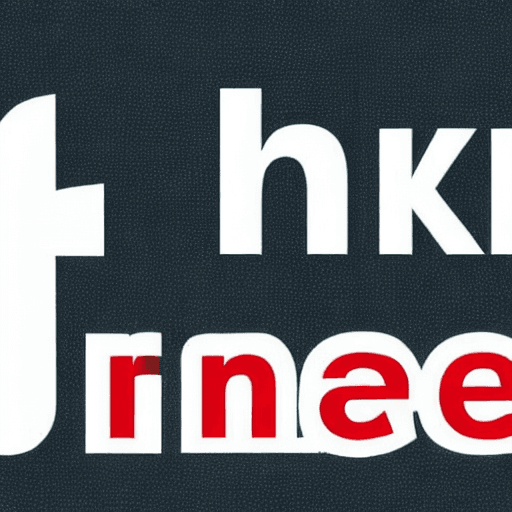

In the dynamic world of social media marketing, consistently reaching your target audience is paramount. While platforms like Facebook and Instagram are dominated by visual content, LinkedIn stands out as a professional networking hub. However, simply posting content on LinkedIn isn’t enough. To truly connect with the right people – potential clients, recruiters, industry leaders, and collaborators – you need a strategic approach. One of the most powerful tools in your arsenal is the use of hashtags. This article delves deep into LinkedIn hashtag targeting, providing a comprehensive guide to researching, implementing, and measuring your hashtag strategy for maximum impact.
Hashtags on LinkedIn, like other platforms, serve as keywords that categorize content. They allow users to discover posts related to specific topics. Unlike Instagram, where hashtags are heavily used for visual discovery, LinkedIn hashtags are primarily used for topic-based searches and group participation. When someone searches for “digital marketing” on LinkedIn, posts containing that hashtag will appear in the results, regardless of the poster’s network. This makes them a crucial element in expanding your reach beyond your immediate connections.
It’s important to recognize that LinkedIn’s hashtag usage is generally more focused and professional than platforms like Twitter. While you can still use trending hashtags, the most effective strategy involves targeting niche hashtags relevant to your industry and expertise. Overusing generic hashtags can dilute your message and make it harder for your content to stand out.
The success of your hashtag strategy hinges on thorough research. Don’t just pick hashtags at random. Here’s a breakdown of how to identify the most effective ones:
Tools like RiteTag and Hashtracking can assist in hashtag research by providing data on hashtag popularity, related hashtags, and competitor usage. However, manual research remains crucial for understanding the nuances of your industry and brand.
Once you’ve identified your target hashtags, it’s time to implement them strategically. Here’s how:
Remember, the goal is to enhance your content, not to overwhelm the reader with hashtags. Quality over quantity is key.
Simply posting content with hashtags isn’t enough. You need to track your results to understand what’s working and what’s not. Here’s how to measure the success of your hashtag strategy:
Analyze your data regularly and adjust your strategy accordingly. Experiment with different hashtags and see what resonates with your audience.
Here are some key best practices and common mistakes to avoid when using hashtags on LinkedIn:
LinkedIn hashtag targeting is a powerful strategy for expanding your reach, engaging your ideal audience, and building your professional brand. By conducting thorough research, implementing hashtags strategically, and consistently measuring your results, you can unlock the full potential of LinkedIn’s hashtag functionality. Remember that LinkedIn is a professional network, so a thoughtful and targeted approach to hashtag usage is crucial for success. Continual monitoring and adaptation are key to maximizing your impact.
Key Takeaways:
Tags: LinkedIn, hashtags, social media marketing, audience targeting, professional networking, content strategy, brand awareness, lead generation, engagement, hashtag research, LinkedIn marketing, LinkedIn, hashtags, social media marketing, audience targeting, professional networking, content strategy, brand awareness, lead generation, engagement, hashtag research, LinkedIn marketing
0 Comments